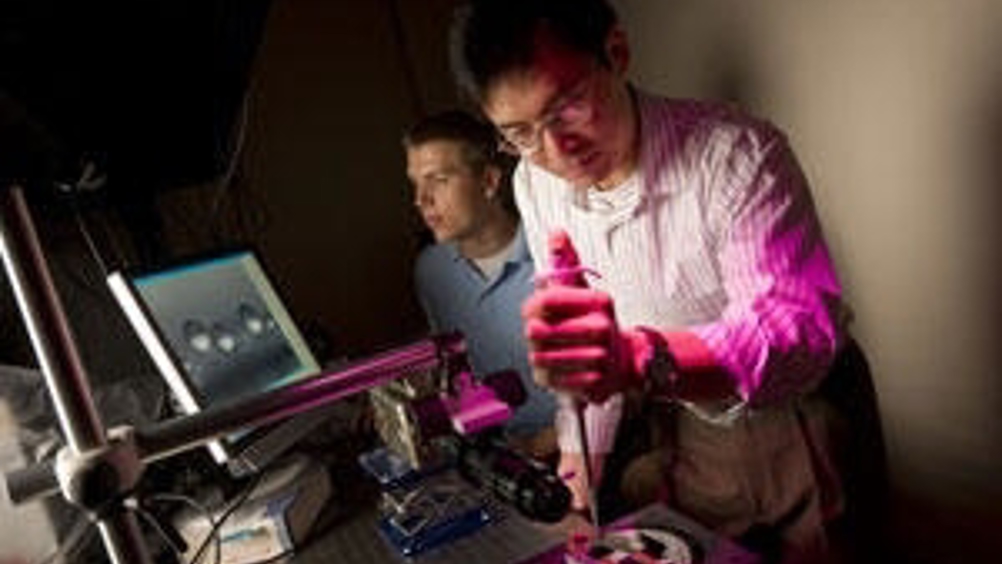'Jumping' water droplets could lead to better solar panels
US engineers are hoping to improve heat-conducting electrical components using self-propelled water droplets — which could lead to more efficient solar panels.

Researchers from Duke University in North Carolina believe they have found a way to make certain types of thermal diode more practical for applications such as energy-efficient solar panels and buildings that adapt to outside temperatures.
Thermal diodes are devices that control the flow of heat by effectively creating a thermal conductor in one direction and an insulator in the reverse direction.
‘Phase-change’ thermal diodes use vaporisation and condensation to transport heat and reportedly transfer more than 100 times more heat in the forward direction than the reverse, but they are dependent on gravity and restricted by their tubular configuration.
The Duke University engineers believe they have figured out a way to overcome these limitations using self-propelled water droplets, which can jump from a superhydrophobic (highly water-repellent) surface to a superhydrophilic (highly absorbent) surface, but not the other way around.
Chuan-Hua Chen, assistant professor of mechanical engineering and materials science at the university’s Pratt School of Engineering, and his research group were the first to actually videotape the self-propelled jumping motion of water droplets on a superhydrophobic surface.
Register now to continue reading
Thanks for visiting The Engineer. You’ve now reached your monthly limit of news stories. Register for free to unlock unlimited access to all of our news coverage, as well as premium content including opinion, in-depth features and special reports.
Benefits of registering
-
In-depth insights and coverage of key emerging trends
-
Unrestricted access to special reports throughout the year
-
Daily technology news delivered straight to your inbox










UK Enters ‘Golden Age of Nuclear’
The delay (nearly 8 years) in getting approval for the Rolls-Royce SMR is most worrying. Signifies a torpid and expensive system that is quite onerous...